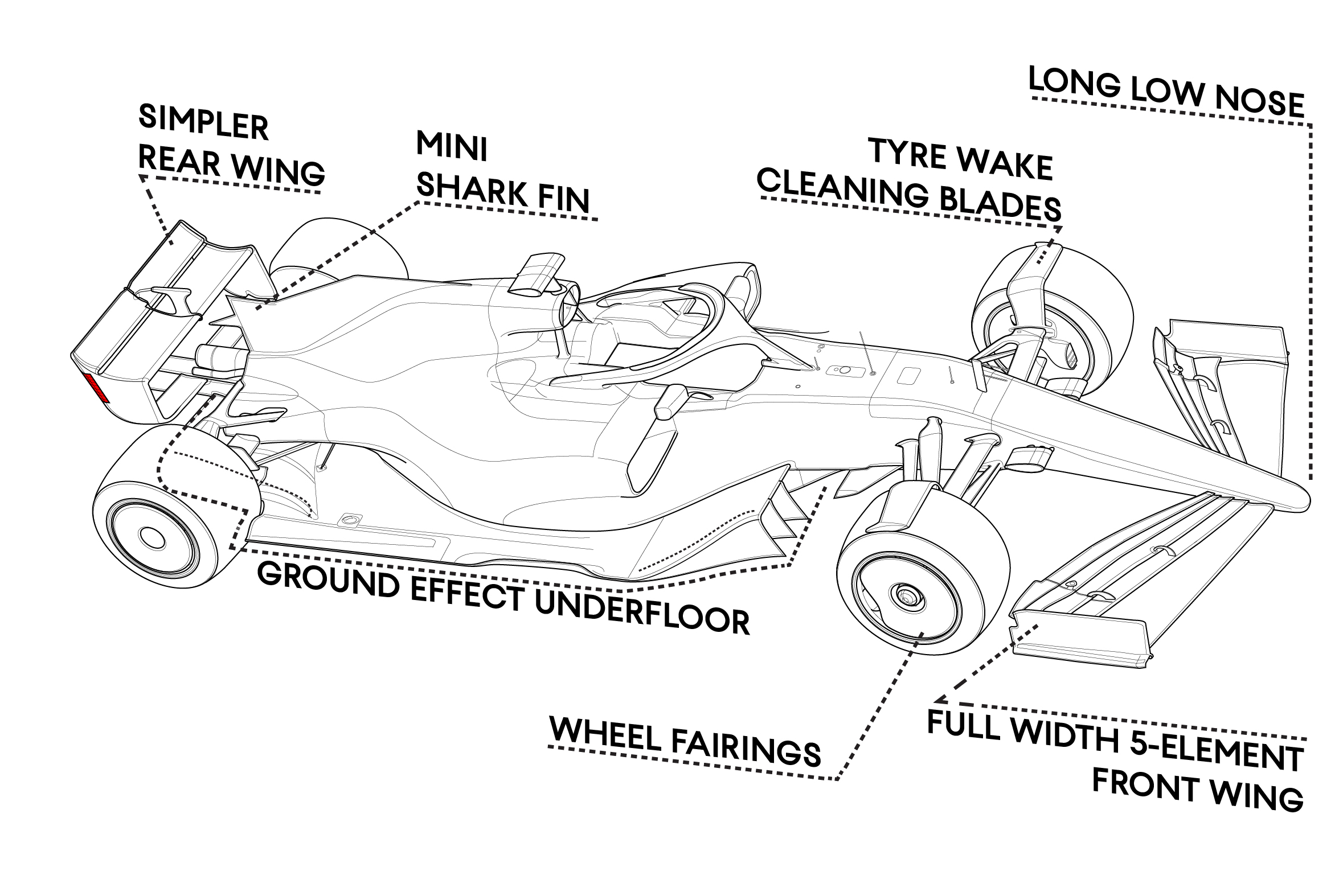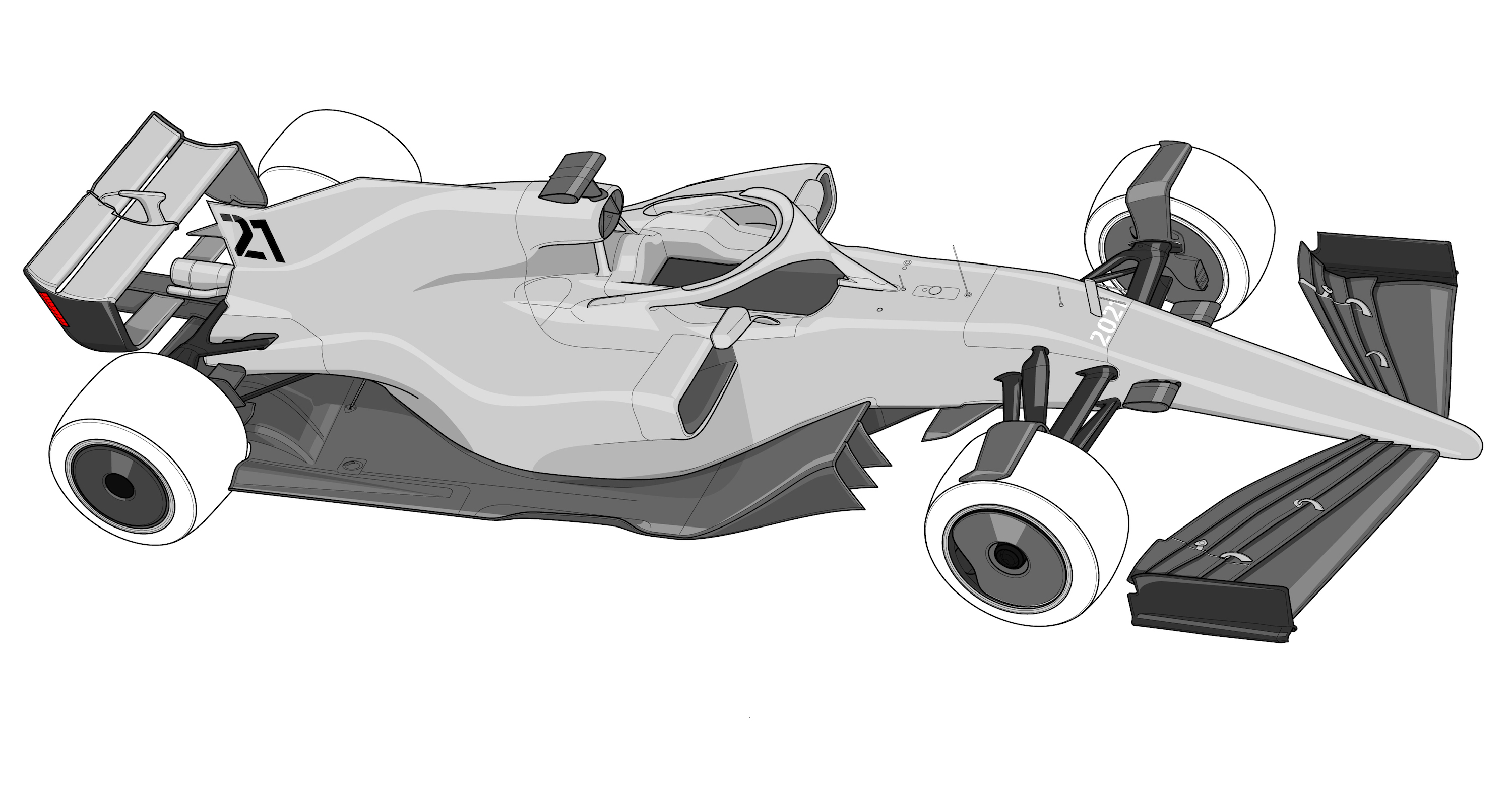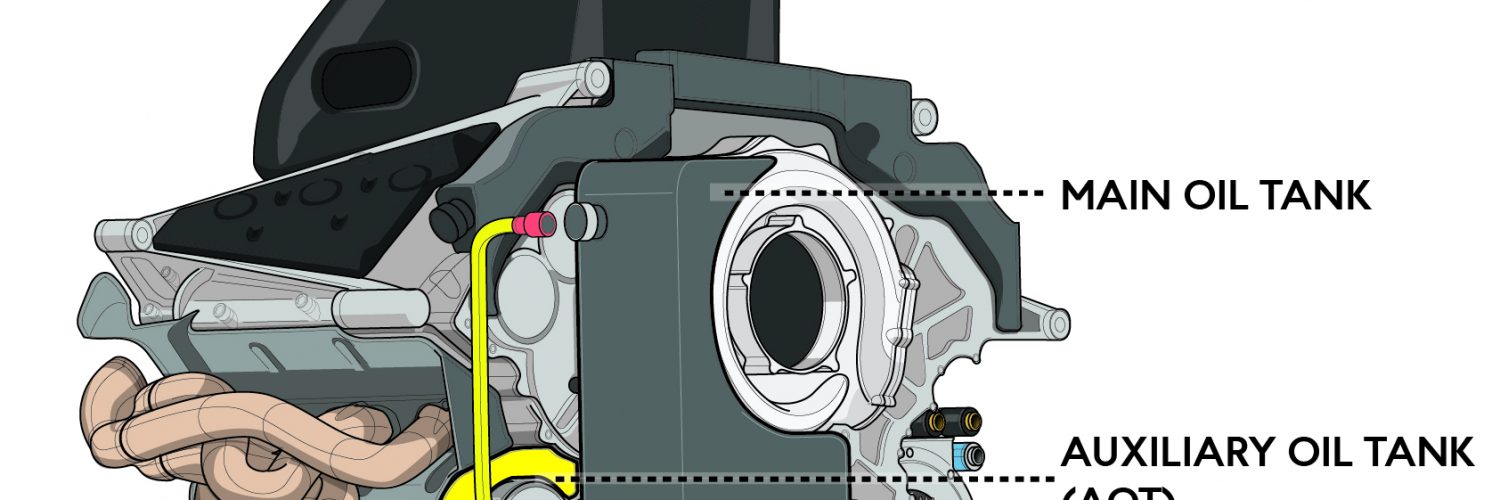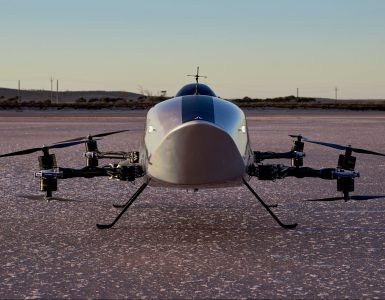With new rule changes set to radically revolutionise the sport from 2021 and beyond, the 2019 season was possibly the last season of moderate change within the regulations that we may see for some time.
The 2019 Formula One season was actually one of fairly modest change, with new technical innovations developed from the previous season more aimed at evolution than revolution.
With the aid of renowned motorsport tech guru Craig Scarborough (aka Scarbs), we look back at some of the more important changes implemented and the subsequent ways in which the teams adapted to the regulations by implementing important upgrades throughout the course of the season.
2019 regulations
In terms of performance, the major change came in the form of the tyres, with a thinner tread aimed at encouraging more aggressive opening stints with the added scope of easier compound labelling aimed at making the often complex issue of the all-important strategy easier to follow for fans of the sport.
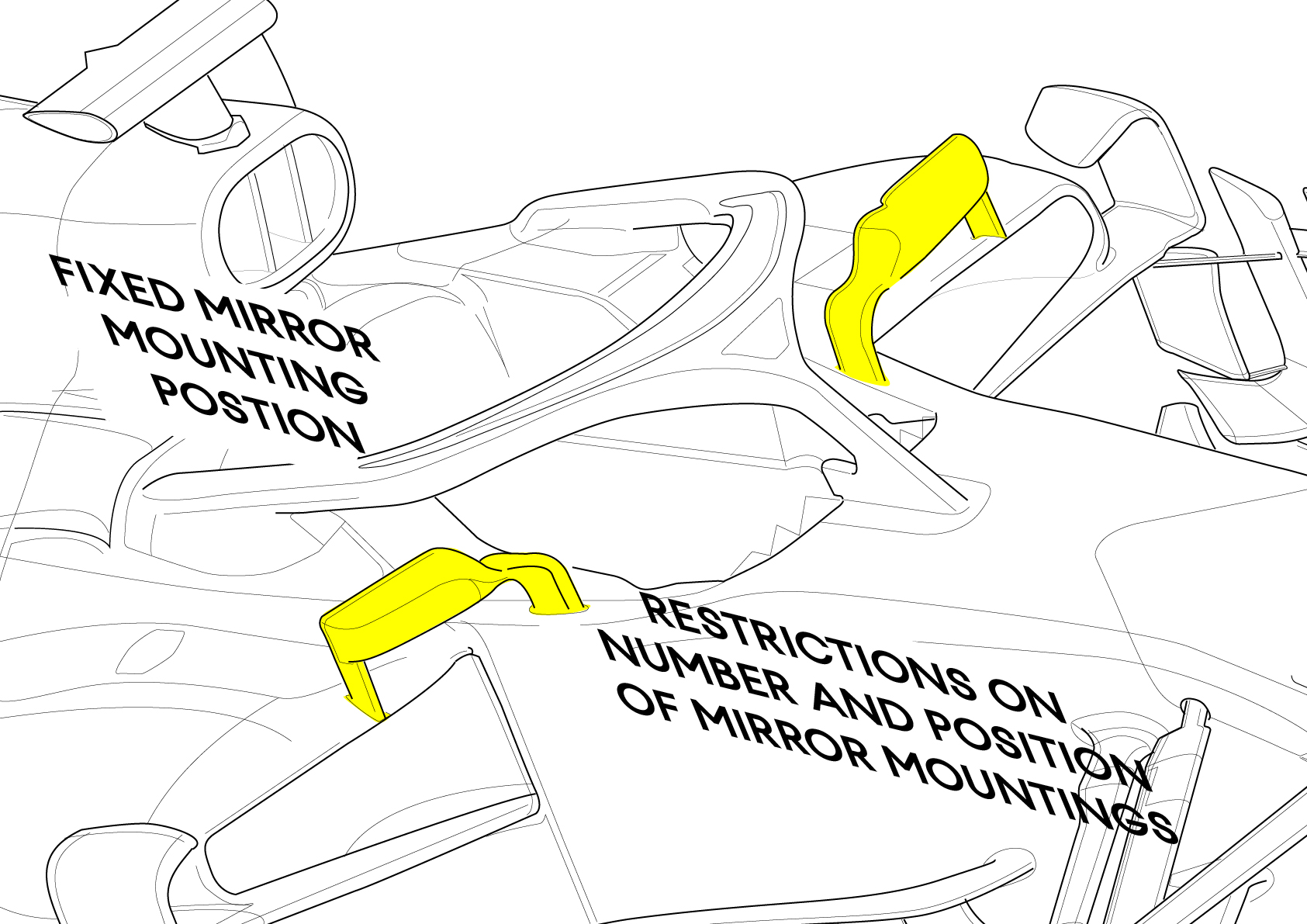
Within the tricky issue of ‘fairness’, there were also changes made to simplify the scrutineering process and equalize the cars – a fairer fix implemented to set a minimum weight for the driver and another for the car.
This alleviated pressure teams to either compensate with an overweight car or a lighter driver because of heavier hybrid power units and longer wheelbases and increasing weight on the tyres.
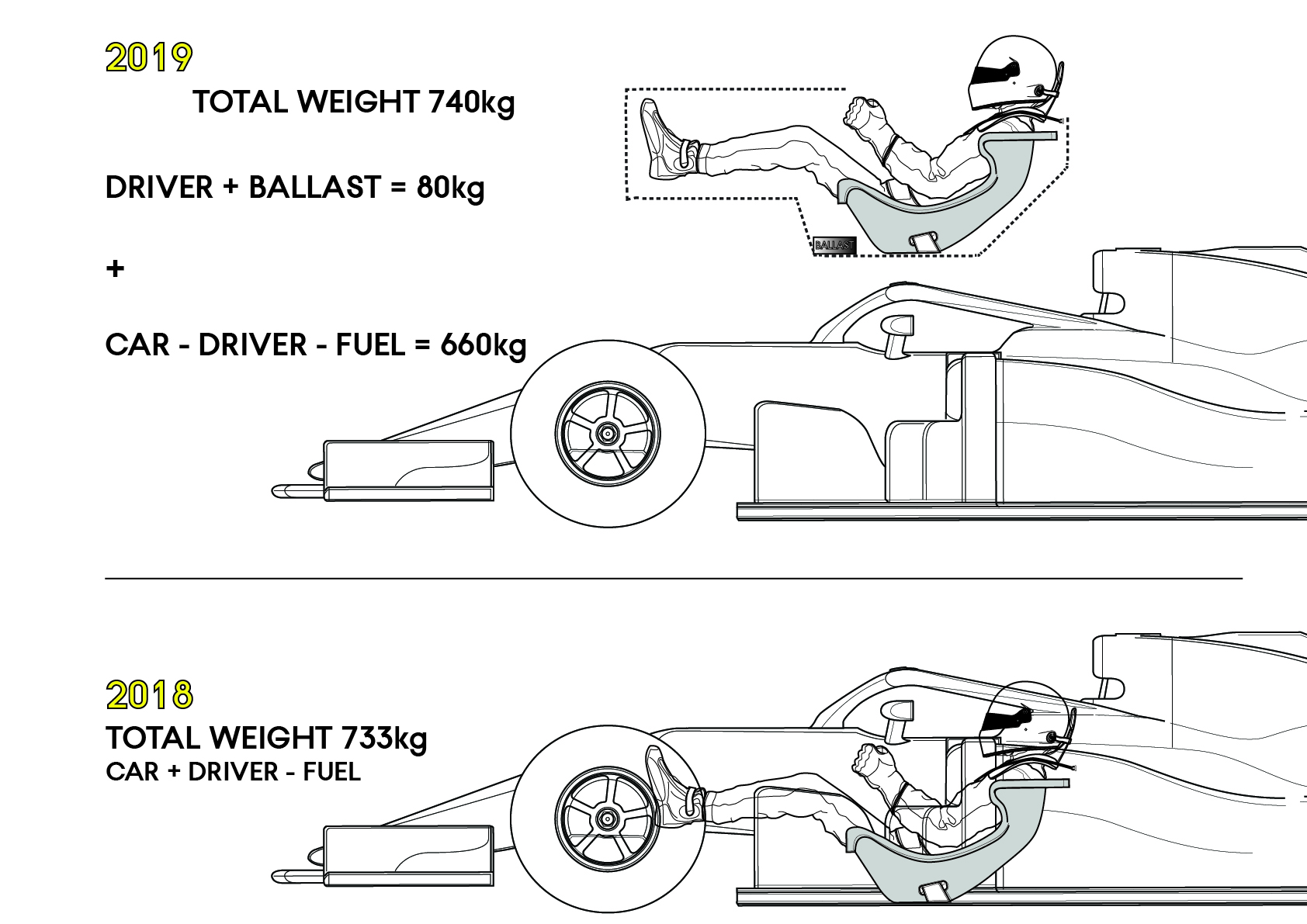
Safety first
Safety is and will always continue to be an extremely important issue in Formula One and all junior formulae for evermore. With several unfortunate incidents, not least Antoine Hubert’s tragic accident at Spa-Francorchamps, the drive towards a safer sport continues apace.
For 2019, there were four key changes, all largely as a result of research conducted by the FIA Global Institute for Motorsport Safety (GIMS). These focused on the helmet and biometric gloves, and the Halo fairing and nose-mounting.
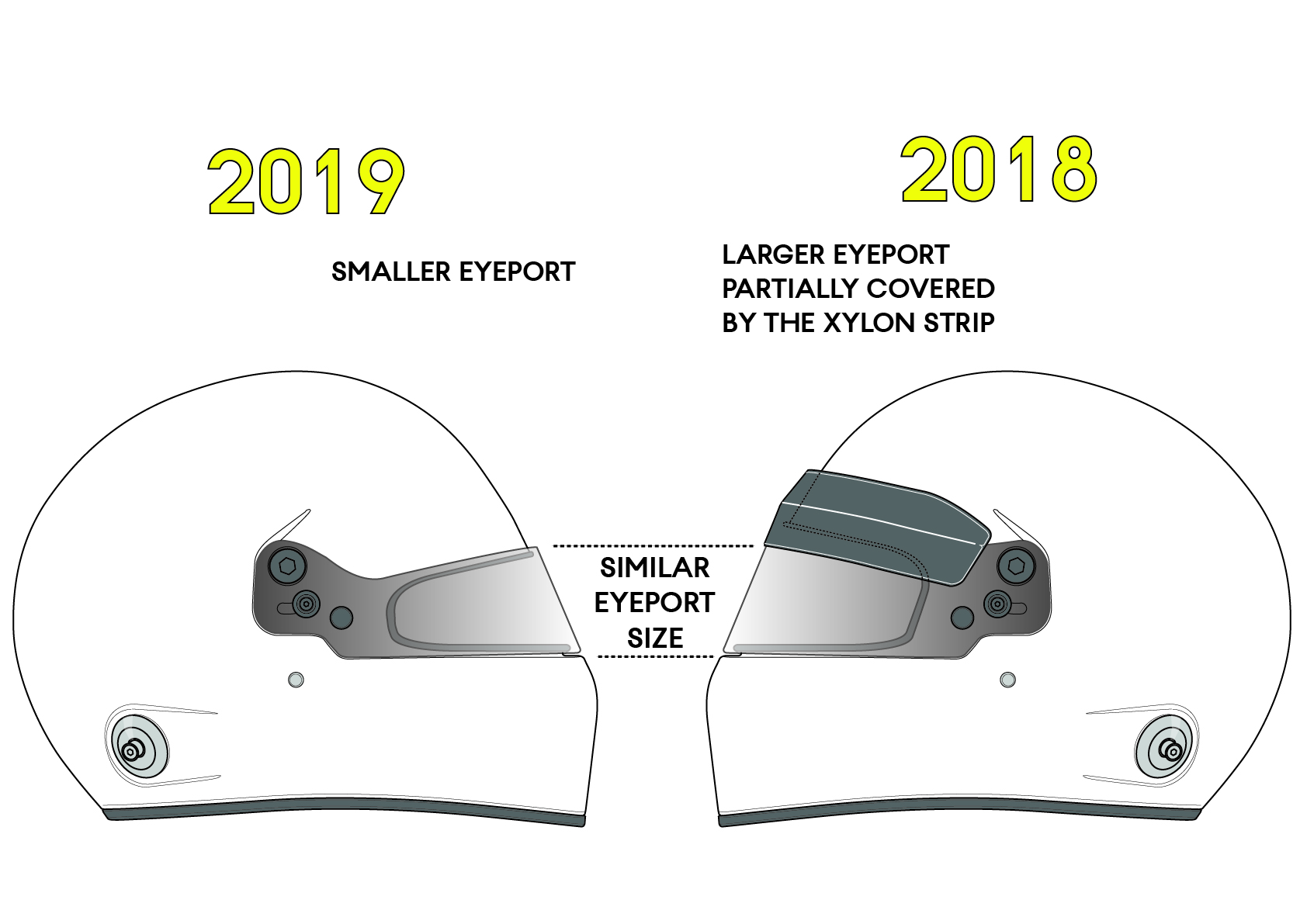
Selling the sport
Without doubt, Formula One is one of the most globally important of all sports in terms of marketing and sponsorship.
As such, Liberty Media has sought to make the ‘pinnacle of motorsport; ever more appealing to those wishing to invest in the sport and to the viewing public.
Innovations such as ‘Halo cam’ and easier to follow tyre compound marking helped improve the spectacle in 2019, whilst the size of the rear wing endplates, the engine cover and shark fins have all been largely mandated in order to maintain important advertising space on the cars.
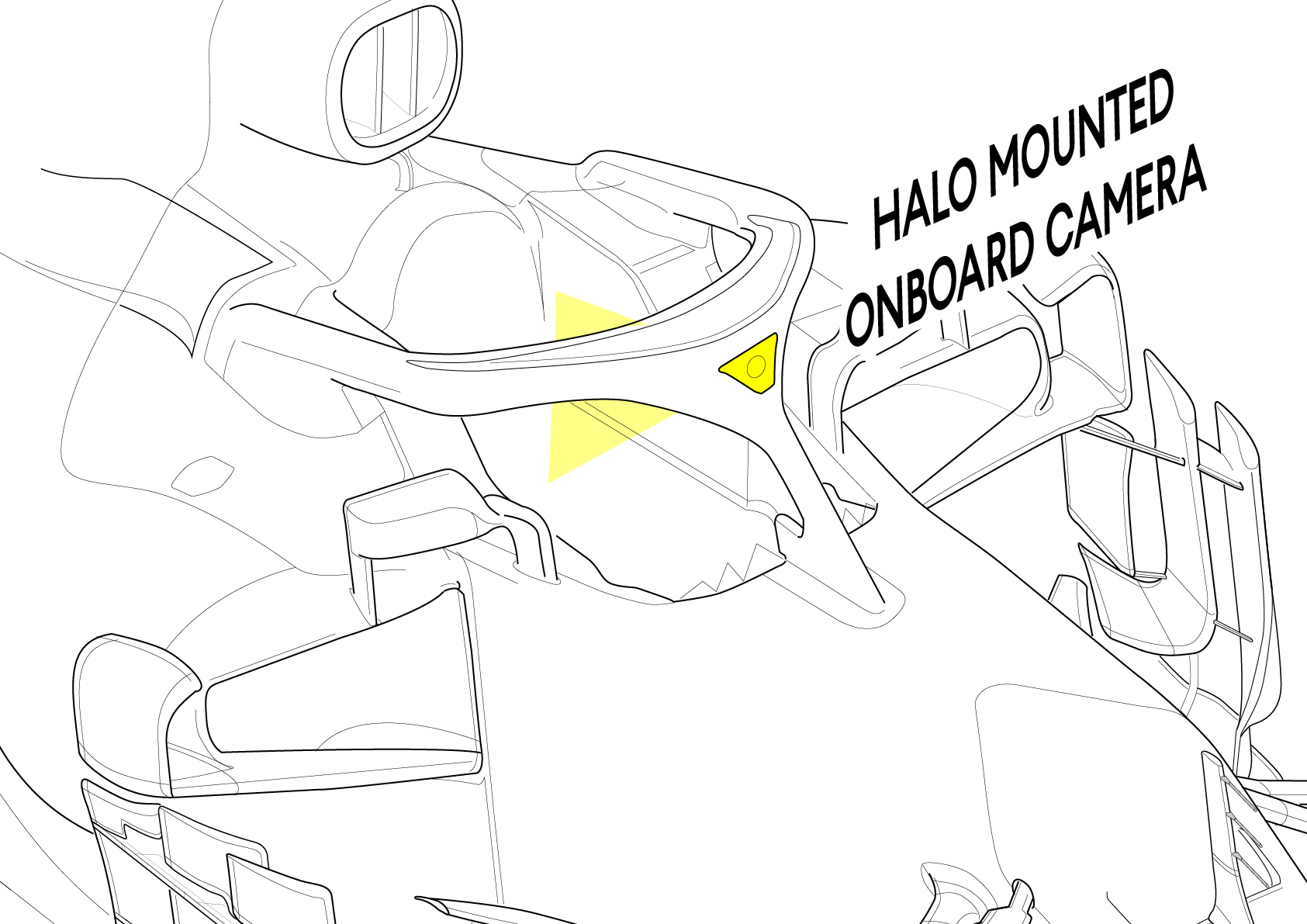
Australian Grand Prix
Perhaps the most important gauge of how teams interpreted the new rules and regulations manifested themselves in the opening race of the season in Australia.
Here, Craig Scarborough elaborates on the packages that teams brought to the 2019 Australian Grand Prix in Albert Park.
Bahrain Grand Prix
Fans didn’t have to wait too long before eyes were raised about the early speed of Ferrari in comparison to rivals Mercedes. By examining such variables as sector and corner speed data at a very different circuit, Craig Scarborough uncovered why the famous Italian marque made a jump in pace.
When best-laid plans go wrong…
When George Russell ran over a man-hole cover in Baku, the Englishman’s race monocoque was beyond repair and thus he needed the spare tub to be built up ready for Saturday.
Here, Craig Scarborough explains why the FIA granted a break in the curfew to get the rebuild completed and how the Williams team completed the amazing task of getting the job done.
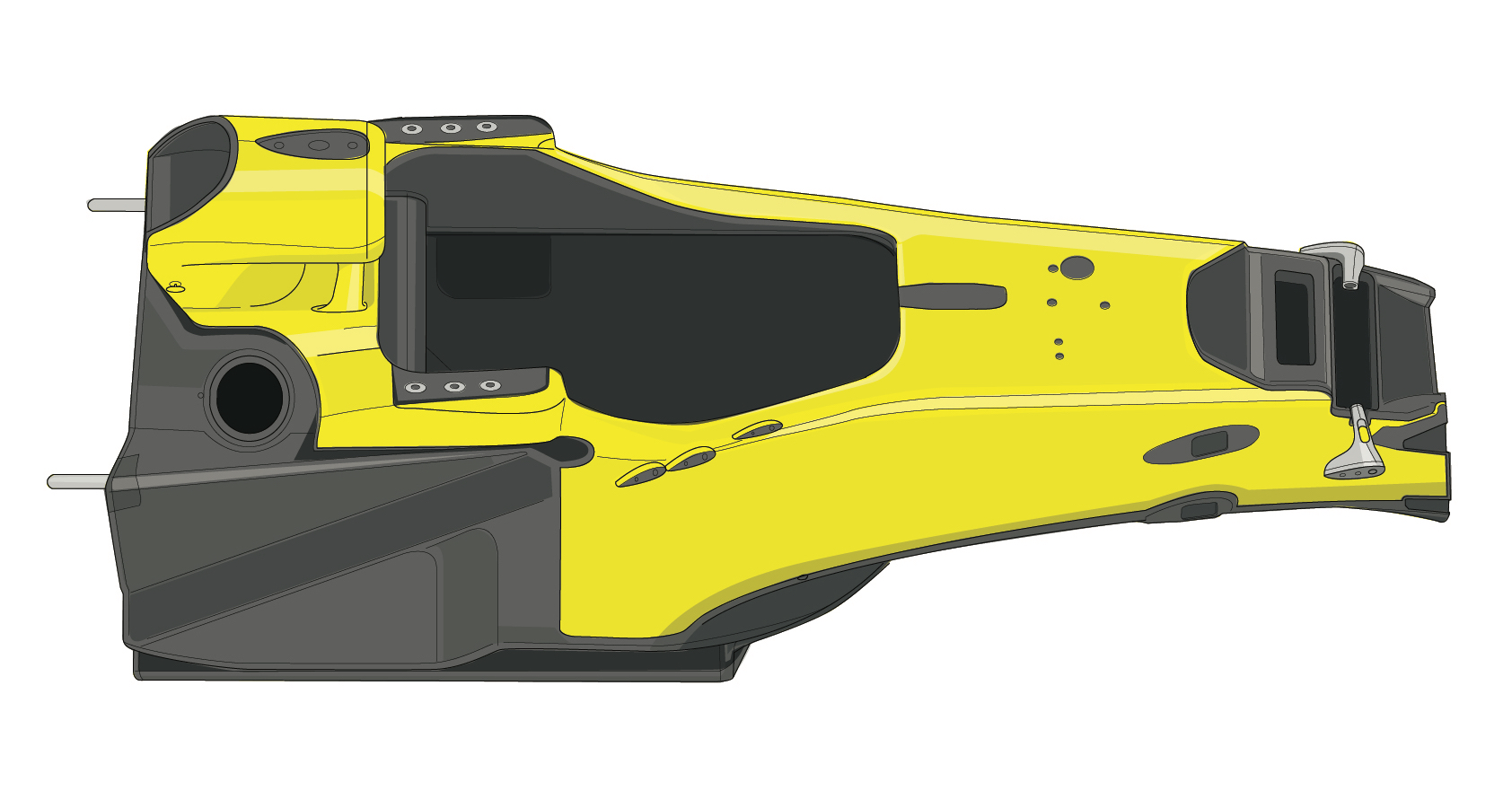
At braking point
The Canadian Grand Prix in Montreal is universally known as F1’s ‘brake buster’. Stopping the car from 200mph in just a few seconds, is a complex mix of downforce, mechanics, and electronics. At the Circuit Gilles Villeneuve, it is of more importance than anywhere else on the calendar.

The Canadian Grand Prix also saw Lewis Hamilton suffer a rare technical problem on the day before race day, when his Mercedes team found themselves in a race against time to fix a hydraulic leak on the champion’s car before race day.
Here, Craig Scarborough looks at one of the most important and complex of ‘control systems’ in a Formula One car and what happens in event of a hydraulic issue.
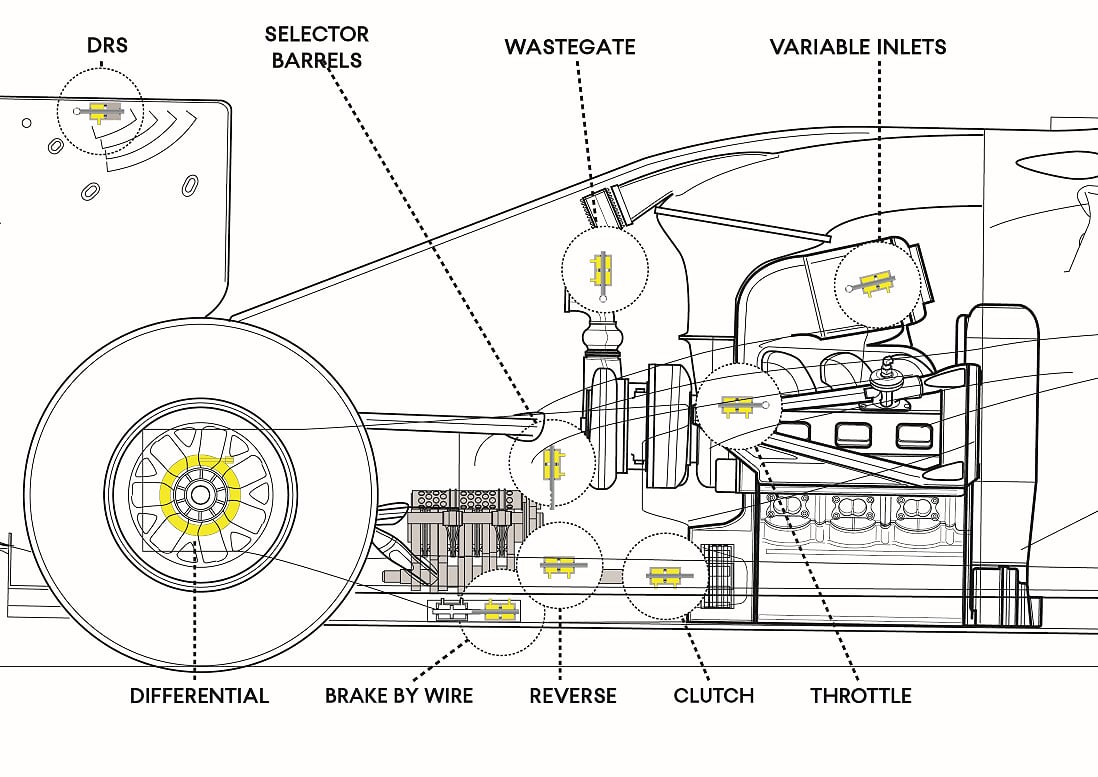
Playing it cool when the heat is on
Come rain or shine, Formula One teams must adapt to extremes in temperature, from a rainy Spa-Francorchamps to a sweltering Singapore.
Interestingly, during 2019, an unusually hot European summer heatwave affected more than just the fans watching the Austrian Grand Prix. With air temperatures in the mid 30c and track temperatures of 45c, the cars were driven to breaking point around the power-hungry Red Bull Ring and needed complex cooling aids in order to cope.
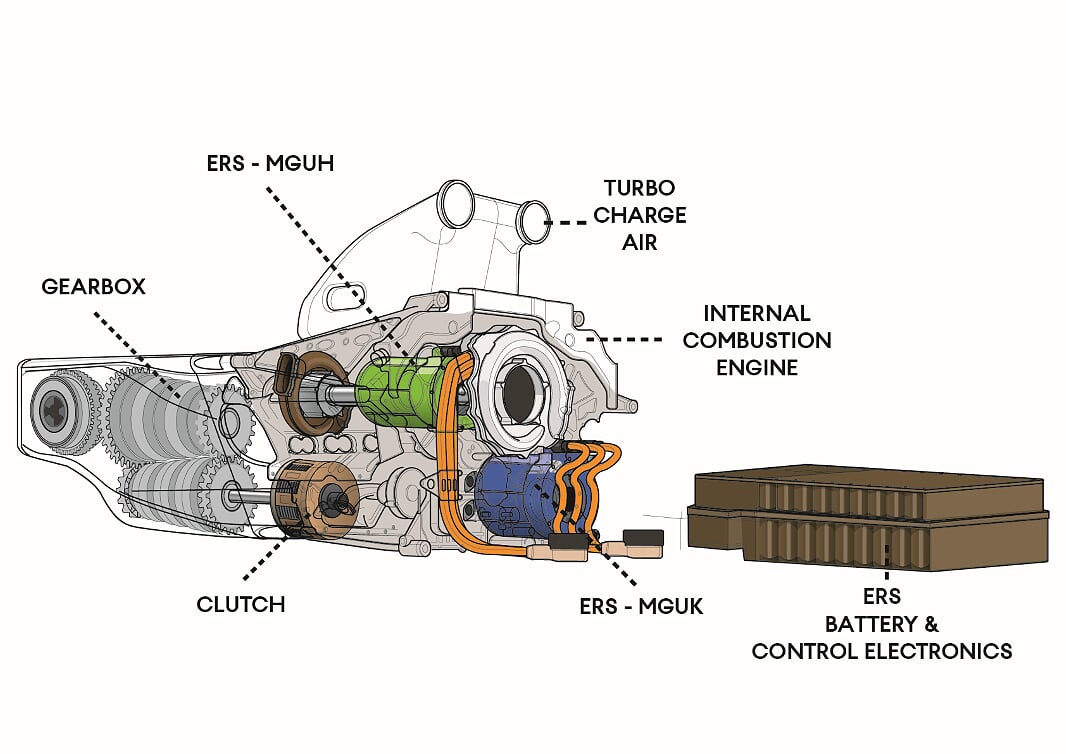 The human element
The human element
Of course, it’s now only the Formula One car that is affected by high temperatures, leading to overheating.
One of the most complex of all pieces of equipment is, in fact, biological. During the extreme heat of the Singapore Grand Prix, drivers can lose to up to 4kg in body weight over the 2 hours of racing!
Here, Craig Scarborough explains how teams help drivers to cope with levels of heat and humidity that go well beyond thirst.
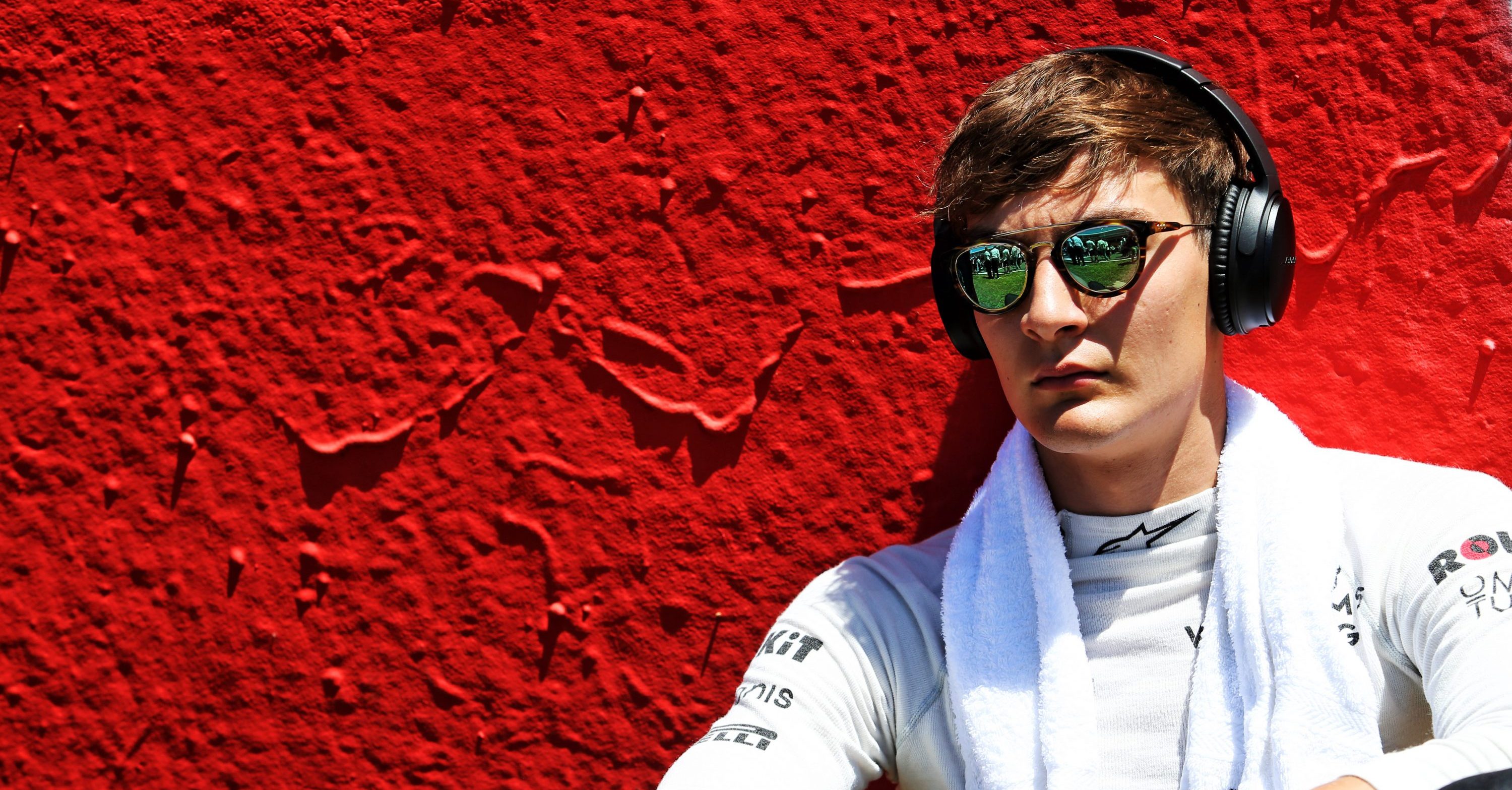
Spanish Grand Prix, Sunday 12th May 2019. Barcelona, Spain.
Williams key upgrades
Tech partner Acronis was proud to be involved with the Williams Racing outfit in 2019. Of course, it was a difficult season for the team, but they had one cause to celebrate.
Craig Scarborough looks at how Williams brought a major package of updates to the FW42, split between a Silverstone upgrade to the sidepod fronts and then the German update with sidepods, floor, bargeboards and rear wing.
It helped the team gain a rare point, with a little luck too, at the German Grand Prix. Fans of this historic grand prix team will surely be hoping for many more points in the seasons to come.
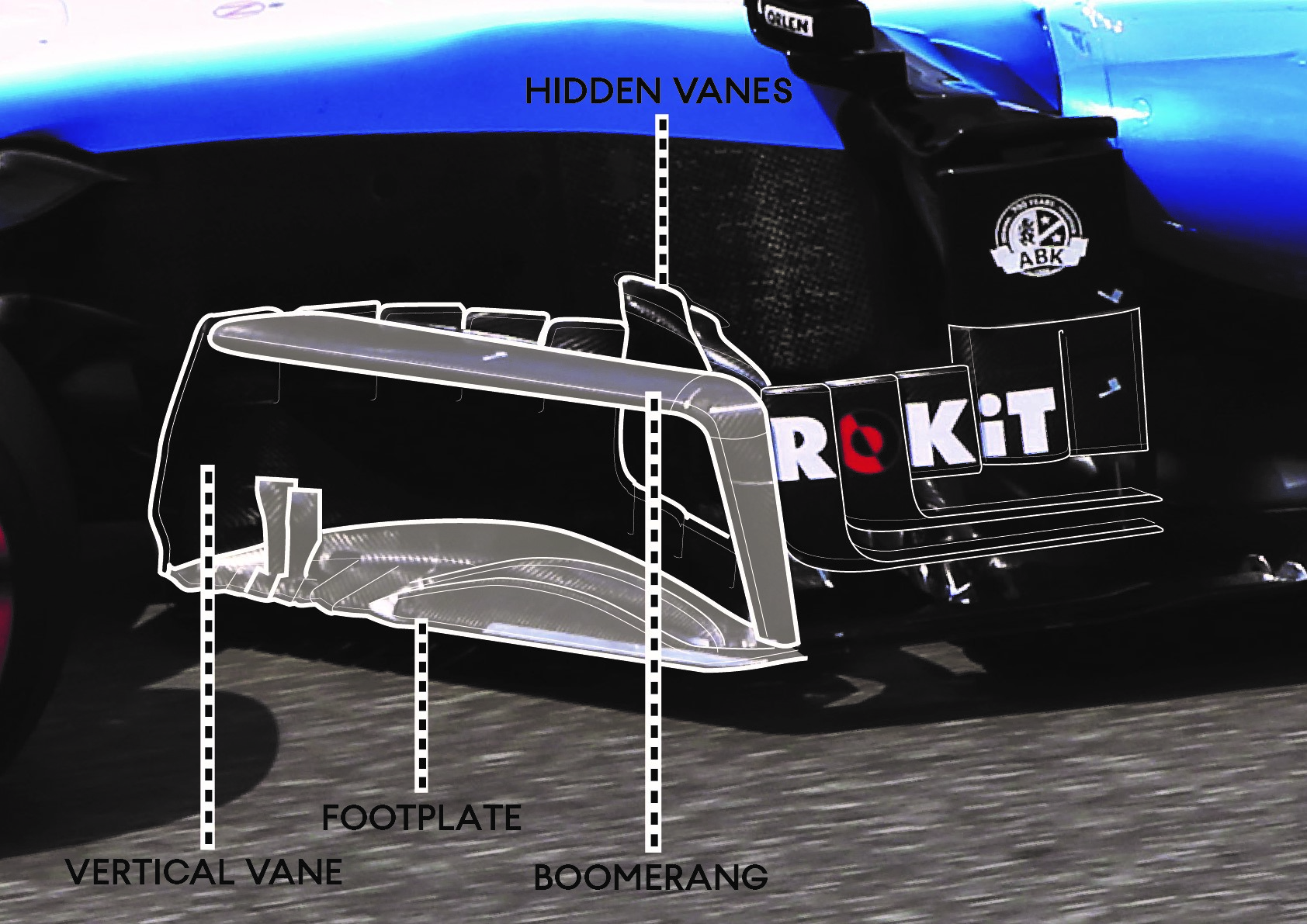
Racing Point key upgrades
The 2019 season was also one of development and new beginnings for another team, the Silverstone-based squad changing from Force India to SportPesa Racing Point late in 2018.
Despite the timing of this change, it was too late for the team to ramp up development of the launch specification of the RP19 car. However, rather than this late start stymying the team, their mid-season development has brought it right back into contention for the midfield.
Craig Scarborough evaluates how the team overcame a fresh set of challenges to once again take the fight to some of the bigger budget teams on the grid.
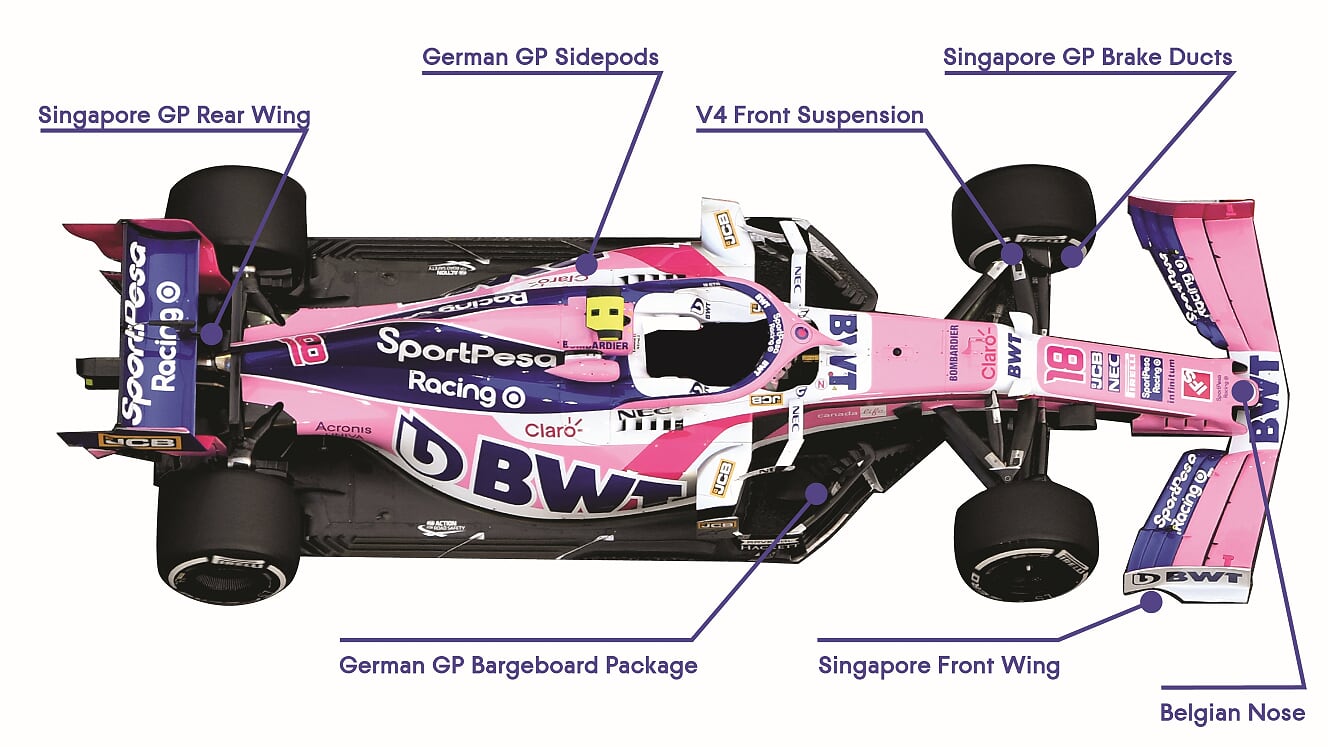
2021 and beyond…
With the FIA ratifying a sweeping set of Formula One regulations that are arguably the most radical in the history of the sport, the playing field is set to level yet further both technically and financially.
The affect that this will have on F1 from 2021 and beyond is yet to be seen. But as Craig Scarborough explains, there are several clues as to how these new rules will change the face of the sport in the immediate future.
